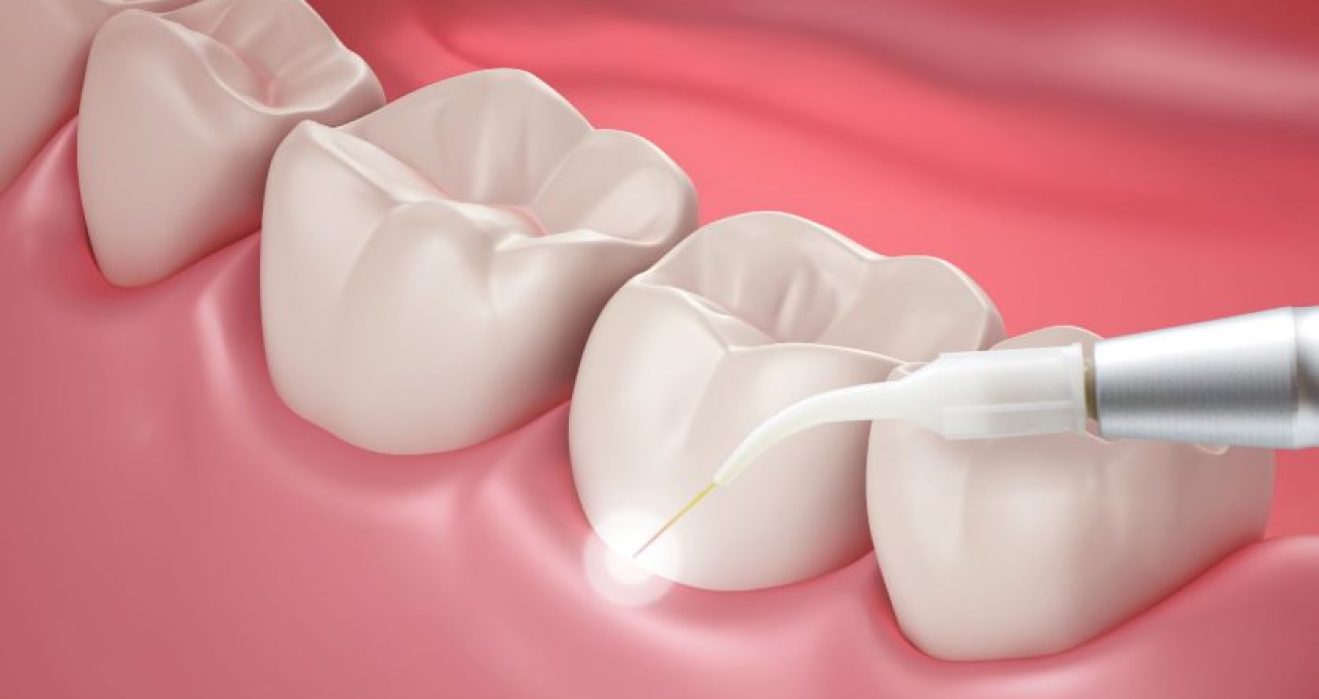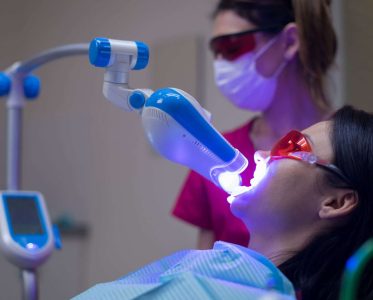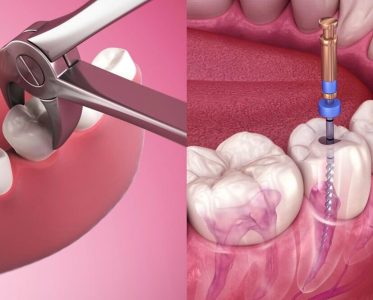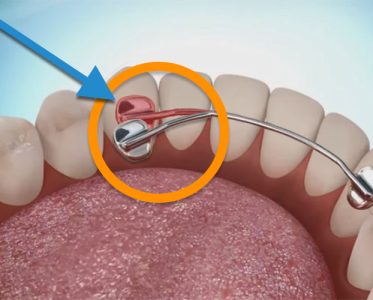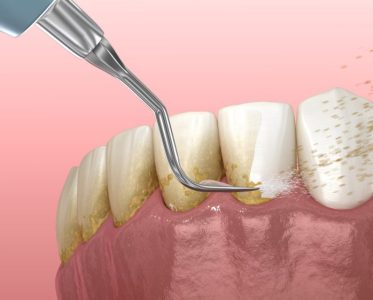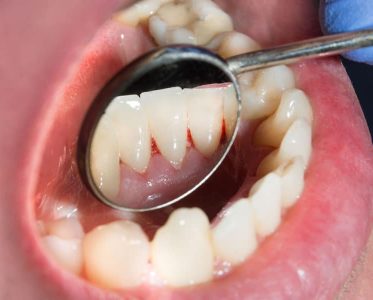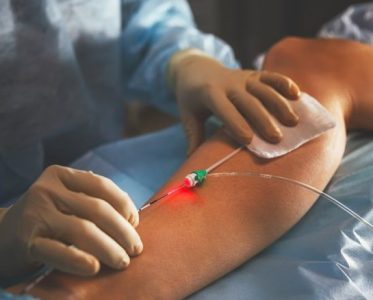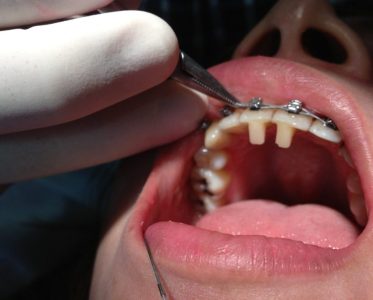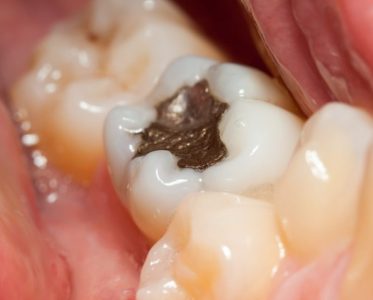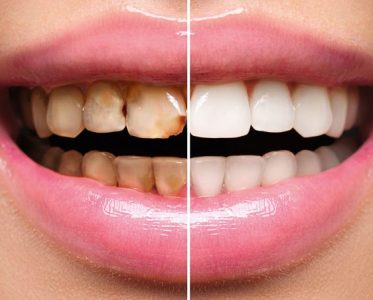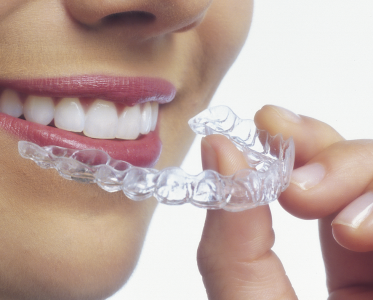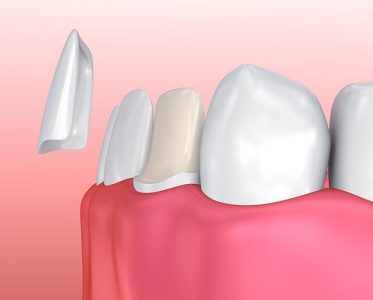The Laser Dentistry For Gum Disease states that the leading causes of gum disease are untreated dental problems, long-term conditions like diabetes, genetic predispositions, and specific drugs. Patients may find it challenging to select the best gum disease treatment option due to the variety of accessible options.
The dentist at Dental Office Houston uses a laser to access an infected area and eradicate diseased bacteria and tissue as part of a non-surgical gum disease treatment. Because there is no need for stitching or cutting during treatment, the patient has less pain than traditional gum surgery, making it a great substitute.
How Does Laser Treatment Work In Periodontal Disease?
The dentist at Dental Clinics Near Me will use laser technology to reach and remove the infected gum tissue from the area surrounding the root of your mouth in gum disease laser therapy, also known as gum laser therapy. The process of root scaling begins by removing the diseased tissue and making its root visible.
It entails eliminating plaque and tartar that may have amassed below your gum line and around the tooth’s root. Later, your dental expert at Memorial City Dentistry will smooth down the root to eliminate rough areas that could draw bacteria and lead to secondary infections. Later, during the healing process, the area between the root and the gum can regrow.
Is laser gum surgery less invasive?
The use of a laser during gum surgery is significantly less intrusive than earlier techniques. The gum tissue must be cut using surgical implements during traditional gum surgery. It produces sore lesions that need to be stitched up and allowed to heal. There is a lower chance of infection, sensitivity, and bleeding following the surgery. It is because the laser never penetrates your gum tissue.
Why should we choose laser gum disease treatment?
Below are some of the major reasons why many dentists at Dental Offices In Houston advise their patients to choose laser treatment (non-surgical) over traditional oral surgical treatments for treating gum disease:
- Laser gum disease reduces gum bleeding by eliminating and destroying the germs that cause tooth infections.
- They can tailor gum laser therapy according to the needs of individual patients. It allows your dentist complete control over the process and enables them to create a customized treatment plan for you.
- There is no need for anesthesia because laser gum disease treatments are minimally invasive and substantially less painful for the patient.
- Laser procedures can help you keep your teeth healthy while removing cavities.
- Because your tooth, gums, and surrounding tissues did not expose to as much trauma as during routine surgery, laser gum sterilization therapy provides quicker healing timeframes.
What about the recovery process of laser gum surgery?
Weeks of recovery following traditional gum surgery include soreness, edoema, and a liquid diet. Laser gum surgery has a 24-hour recovery period, and most patients only experience minor discomfort. The laser procedure enables speedy recovery with little downtime because it doesn’t require cutting or stitching. Your doctor removes less tissue by avoiding using conventional surgical tools like scalpels. It results in less discomfort, bleeding, and inflammation.
Conclusion
We hope the above-provided information will help you learn some beneficial and valuable aspects regarding laser treatment for gum disease. For further information, please visit laserdentistrynearme.com.


